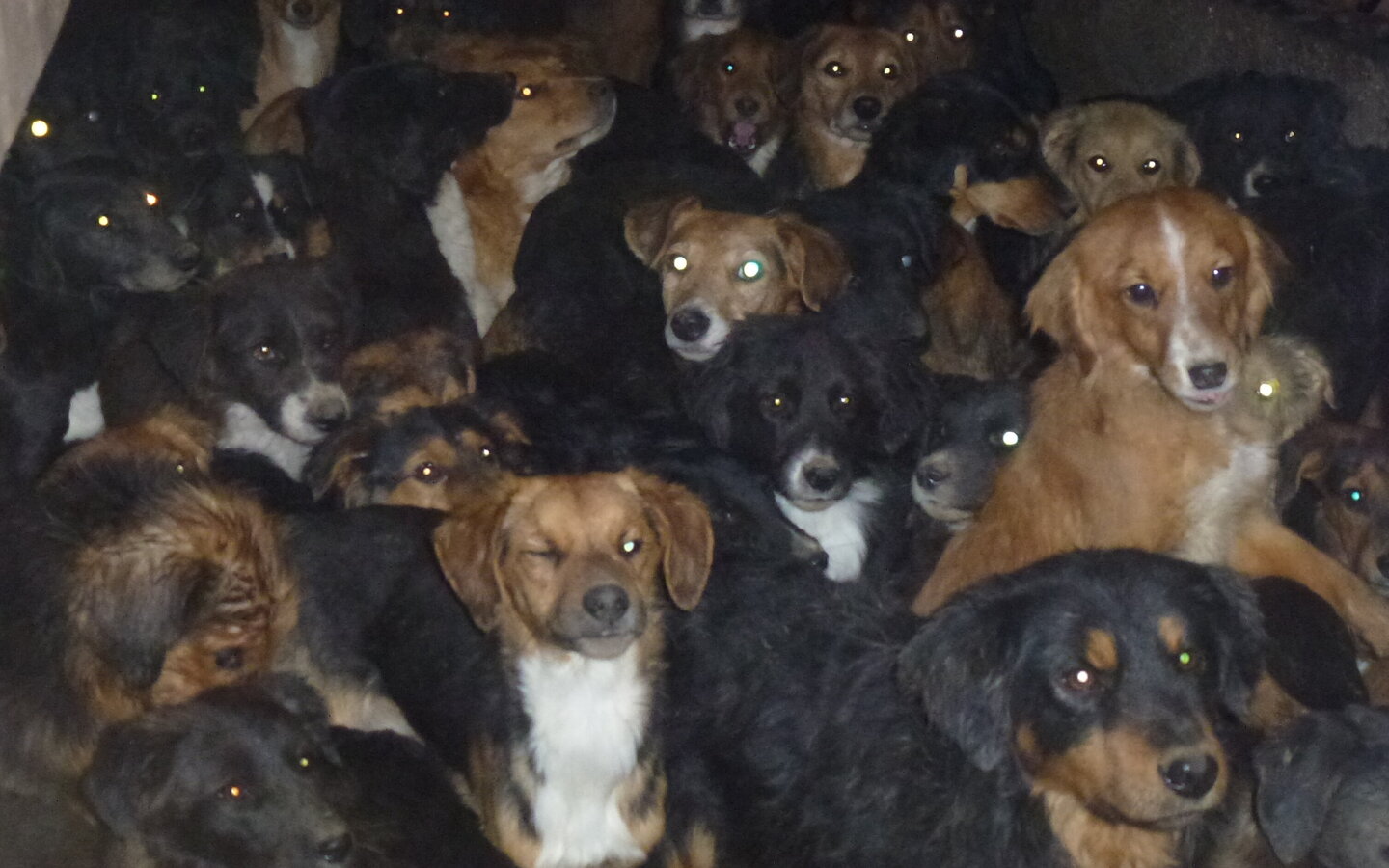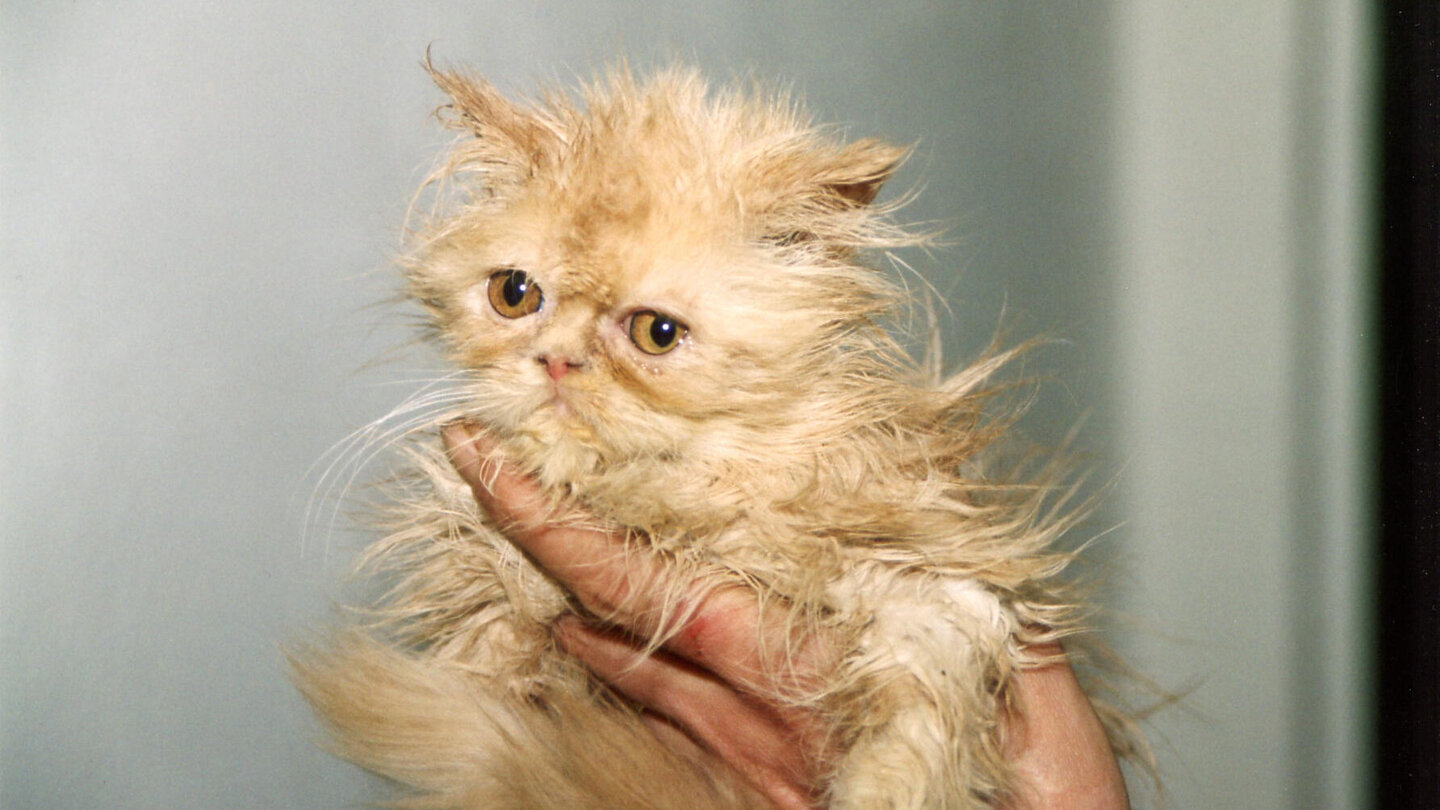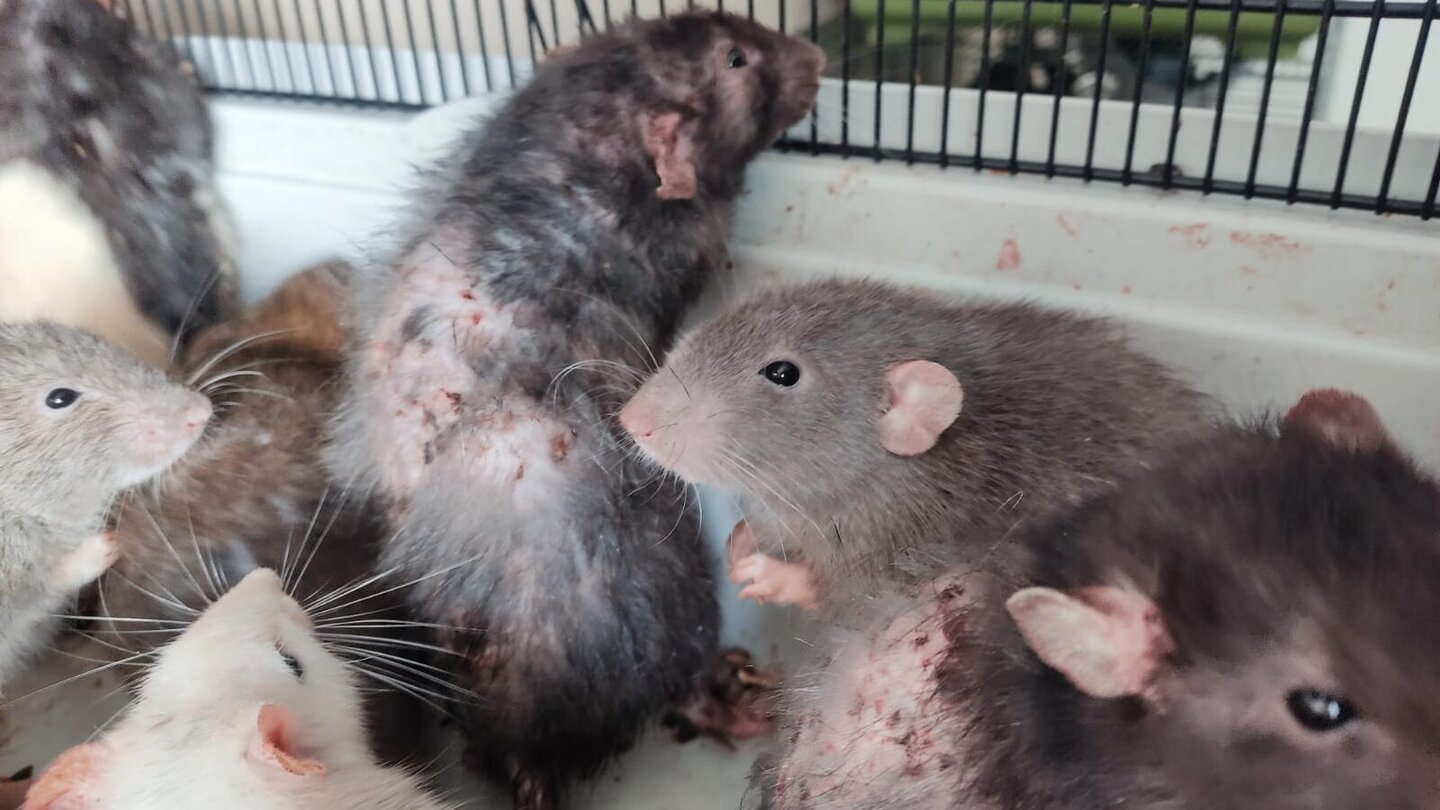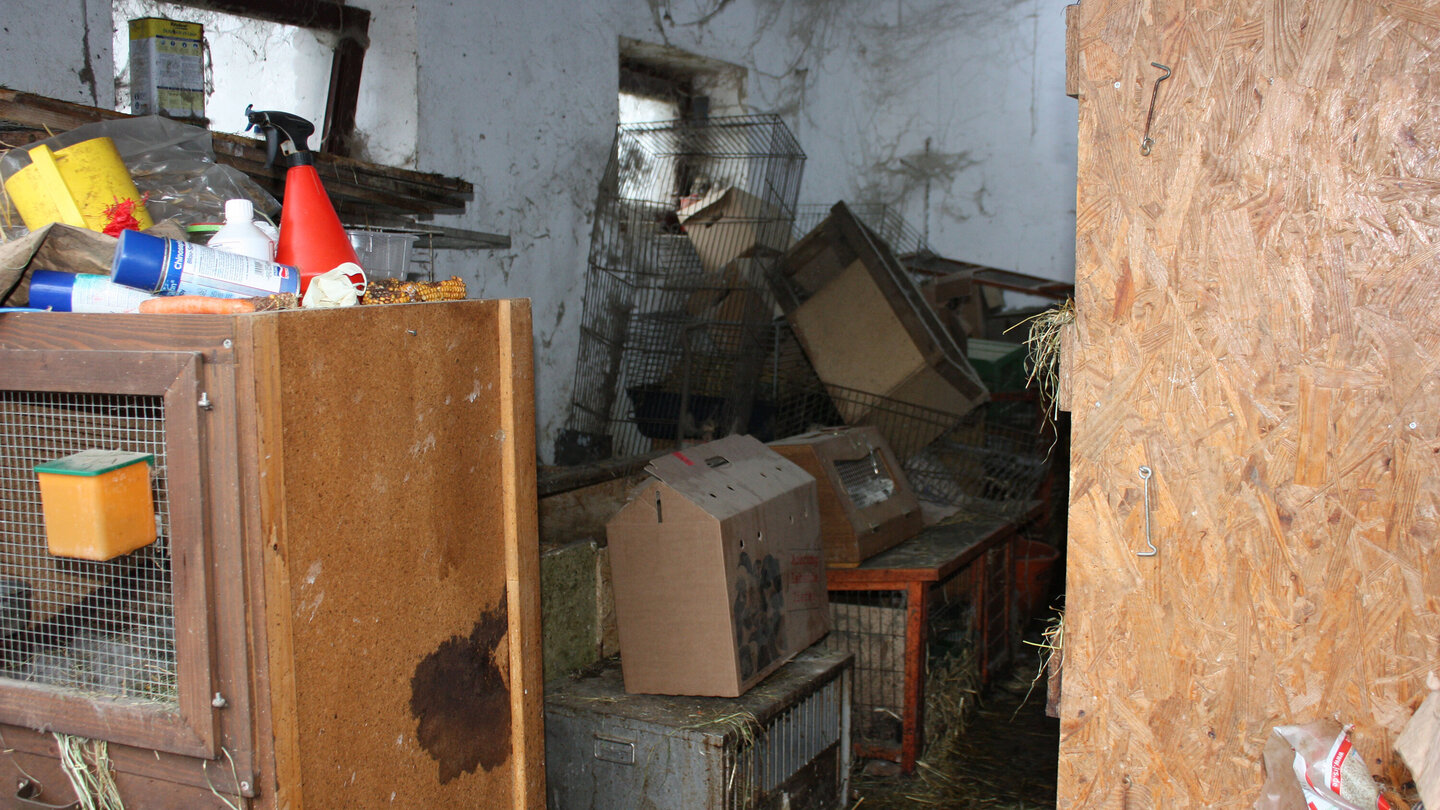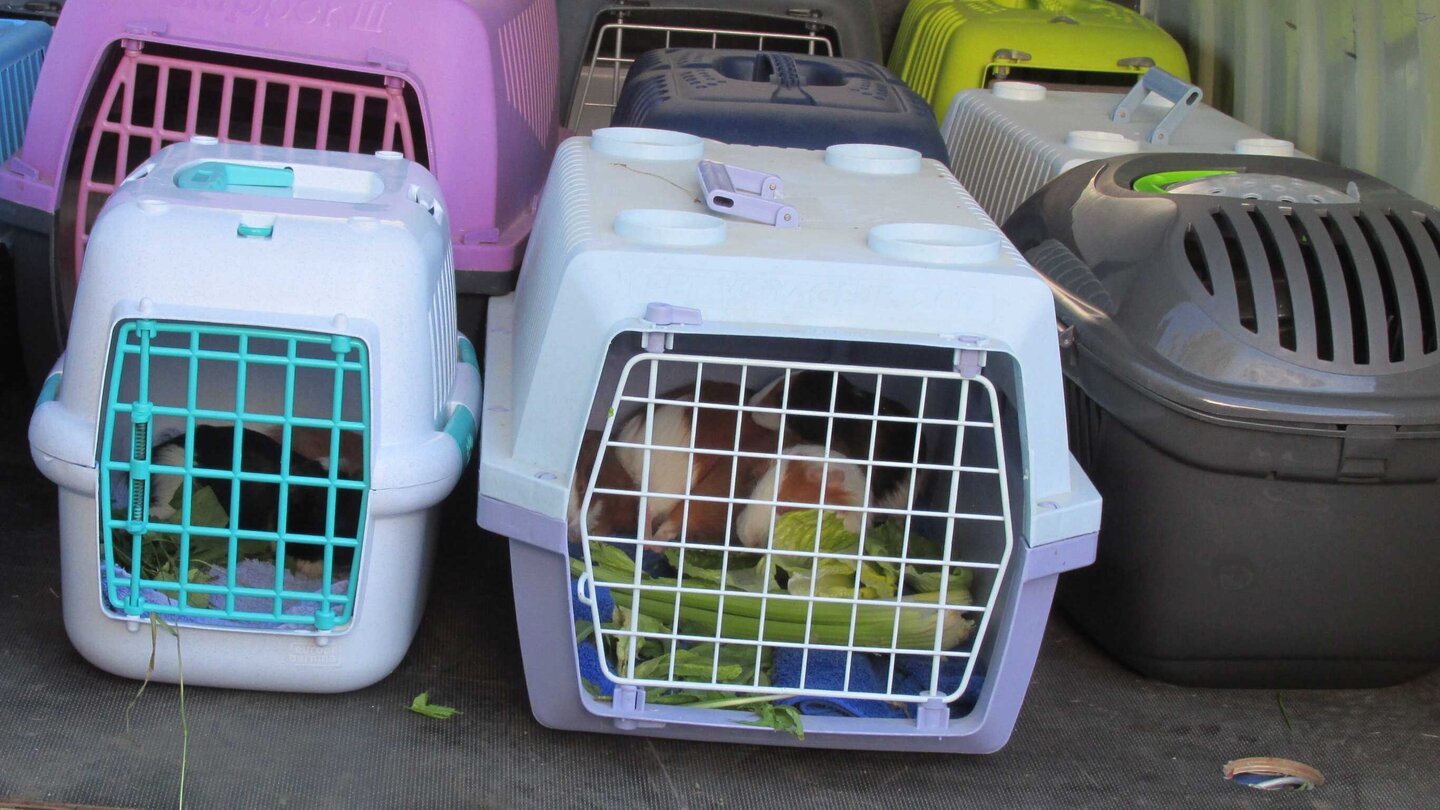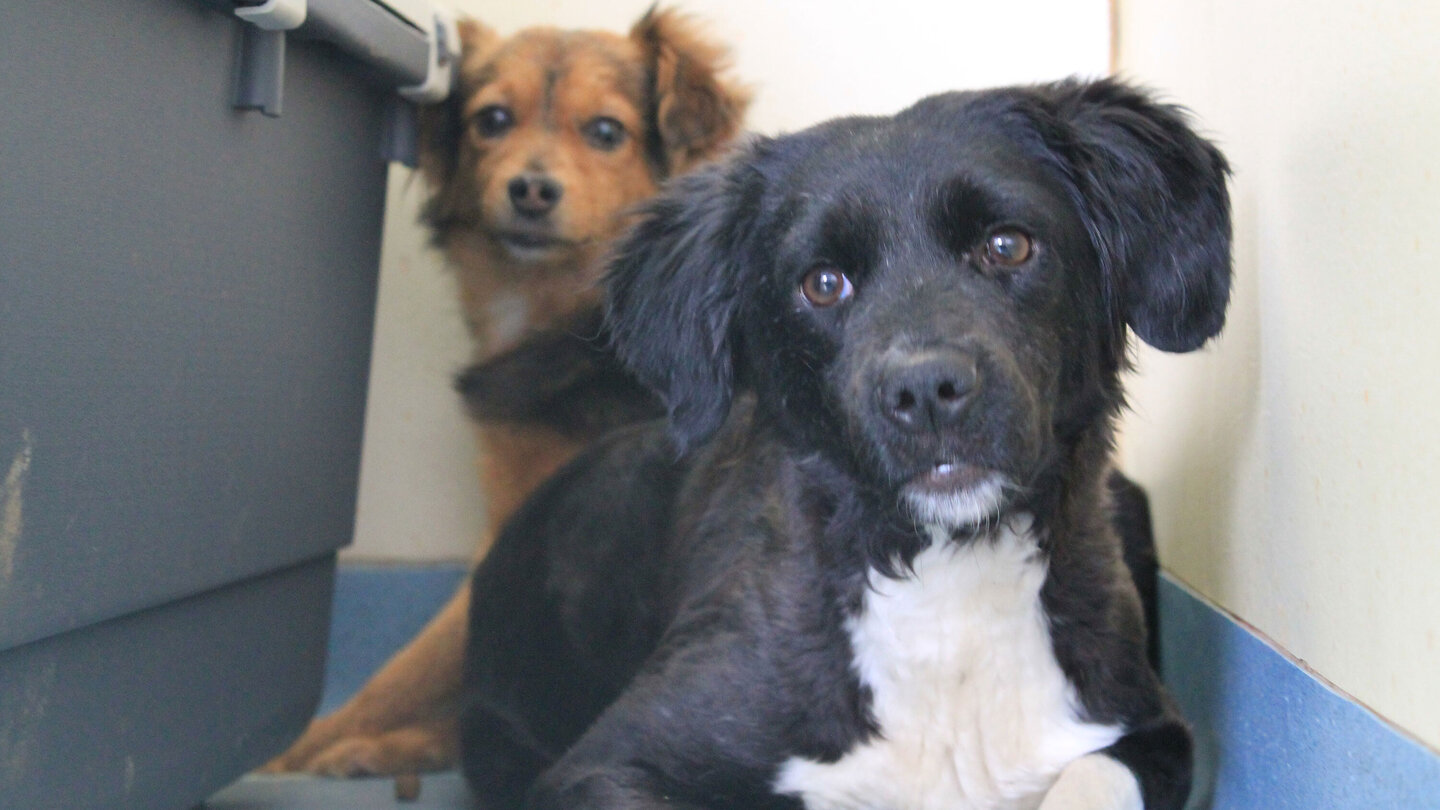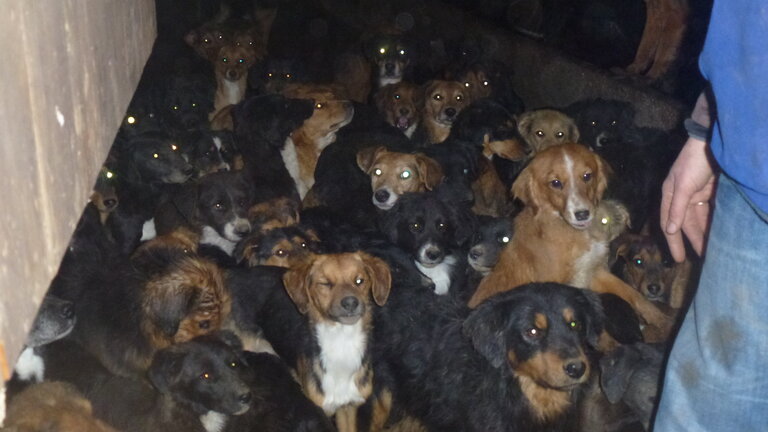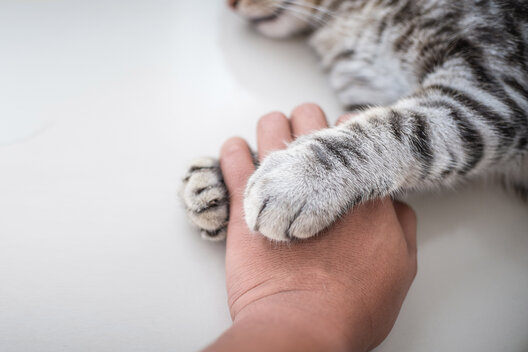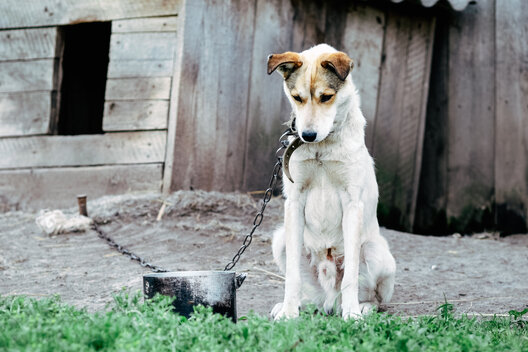What is animal hoarding?
Animal hoarding describes a condition in which affected people keep animals in such large numbers that they can no longer care for them properly. They give their pets too little food and water and neglect hygiene, grooming and veterinary care. The owners often do not realize how badly off the animals in their care are. Those affected are also referred to as animal hoarders or animal collectors.
Animal Hoarding in figures
Since 2008, the German Animal Welfare Federation has been collecting information on known animal hoarding cases from media reports or reports from animal shelters and has been regularly evaluating them since 2012. According to this, more than 42,000 animals have been affected in Germany since the survey began. The most common animals are cats, but small pets such as rabbits, guinea pigs and rats are also often hoarded.
In 2023 alone, we recorded 115 animal hoarding cases with 6.691 affected animals - more than ever before. This is shown by the current analysis. In many cases, animal rights activists also recover dead animals during rescue operations. These often cannot all be counted and recorded, nor can the offspring of pregnant animals. The figures are to be understood as minimum values - a high number of unreported cases can be assumed.
How do I recognize animal hoarding?
An incipient case of animal collecting addiction is suspected if the following points apply:
- The owners keep more animals than is usual on average.
- There are too many animals in an apartment, house or on a property in relation to the available space.
- Lack of insight: Despite an above-average number of animals and a lack of space, the pet owners do not realize that they should keep fewer animals.
- The animals are not kept in an animal-friendly manner and appropriate care, nutrition, hygiene and medical care are not guaranteed.
In an advanced case of animal collecting addiction, the following can also often be observed:
- The apartment, house or grounds are in a questionable hygienic condition: for example, there are feces and urine on the floor, litter boxes, cages or kennels are heavily soiled, pasture areas where horses, for example, live are bare and muddy.
- The animals are undernourished or malnourished. This can be recognized, for example, by their poor coat and protruding bones. In addition, they have no or only contaminated drinking water.
- Although their animals are sick and have health problems or injuries, their owners do not have them examined by a vet. They also fail to provide important follow-up care. In extreme cases, even dead animals can be found.
- The animals look unkempt: Their fur is matted and dirty, they have ear infections, tartar and are infested with vermin. The owners of farm animals neglect hoof and claw care.
- Although the animals are not castrated, the owners do not separate them by sex. As a result, the animals reproduce uncontrollably and some may even have inbreeding-related deformities.
- Keepers conceal how many animals they have in total. They deny outsiders access to their property and contact with their animals.
- The animals have behavioral problems: for example, extreme fear or shyness of people or unknown environmental stimuli, uncleanliness, constantly running in circles and, in the case of dogs, monotonous barking.
You can also download our checklist for an animal hoarding case.
Animal hoarders need help
Animal hoarding is not just an animal welfare problem. It is often caused by a person with a mental illness. Those affected are unable or only partially able to recognize that the animals in their care are suffering. They are also usually unaware of the negative effects on their immediate environment, such as their family or neighbors, and on their own health. Many of them live in isolation. If animal hoarders do not receive psychological support, their relapse rate is almost 100 percent.
What can I do if I suspect a case of animal hoarding?
If you suspect a case of animal hoarding, there are various ways to help:
- Seek a personal conversation with the animal owner. If you have a good relationship of trust, you may be able to persuade them to seek or accept help.
- If the animals are already in a very poor condition and the owners show no understanding, it is best to inform the relevant veterinary office or the police.
- Ask the animal welfare organizations that look after animals from animal hoarding cases whether you can support them - for example with donations in kind or money or by volunteering to help.
- Consider adopting a rescued animal yourself - the animal shelters will be happy to advise you.
Who takes care of animals from animal hoarding cases?
When the police and veterinary authorities confiscate animals from an animal hoarding household, the staff at animal shelters are immediately on the scene. They take in the numerous neglected, often traumatized dogs, cats and the like in one fell swoop and look after them devotedly. This is an enormous feat for the animal shelters - mentally, physically and financially. As a result, most animal shelters were left to cover the costs incurred: Only five of the 550 animal shelters affiliated with the Animal Welfare Federation surveyed reported cost-covering reimbursement from the local authorities after an animal hoarding case in 2023.
As the umbrella organization for 16 regional associations and around 740 animal welfare associations with more than 550 animal shelters and rescue centers, the German Animal Welfare Federation offers great support for animal shelters with its excellent network and expertise.
This is what the German Animal Welfare Federation demands
Animal shelters that look after animals from animal hoarding cases take on mandatory municipal tasks. They must therefore be contractually secured and financed to cover costs.
It collects information about animal owners who have violated legal requirements in animal husbandry. This is the only way to prevent repeat offenses.
In order to offer better treatment options and contact points in the long term, it would be an important step to recognize animal hoarding as a disease in its own right.
This should include regulations on the breeding and keeping of individual animal species: this would make it much easier for the competent authorities to confiscate animals in distress.
Representatives from affected specialist areas such as social services and local courts should also receive more information and training on the topic.
The German Animal Welfare Federation works together with veterinarians, lawyers, psychologists and social services to develop joint solutions for dealing with animal hoarding cases in a sensible way. This interdisciplinary cooperation must be further promoted.

